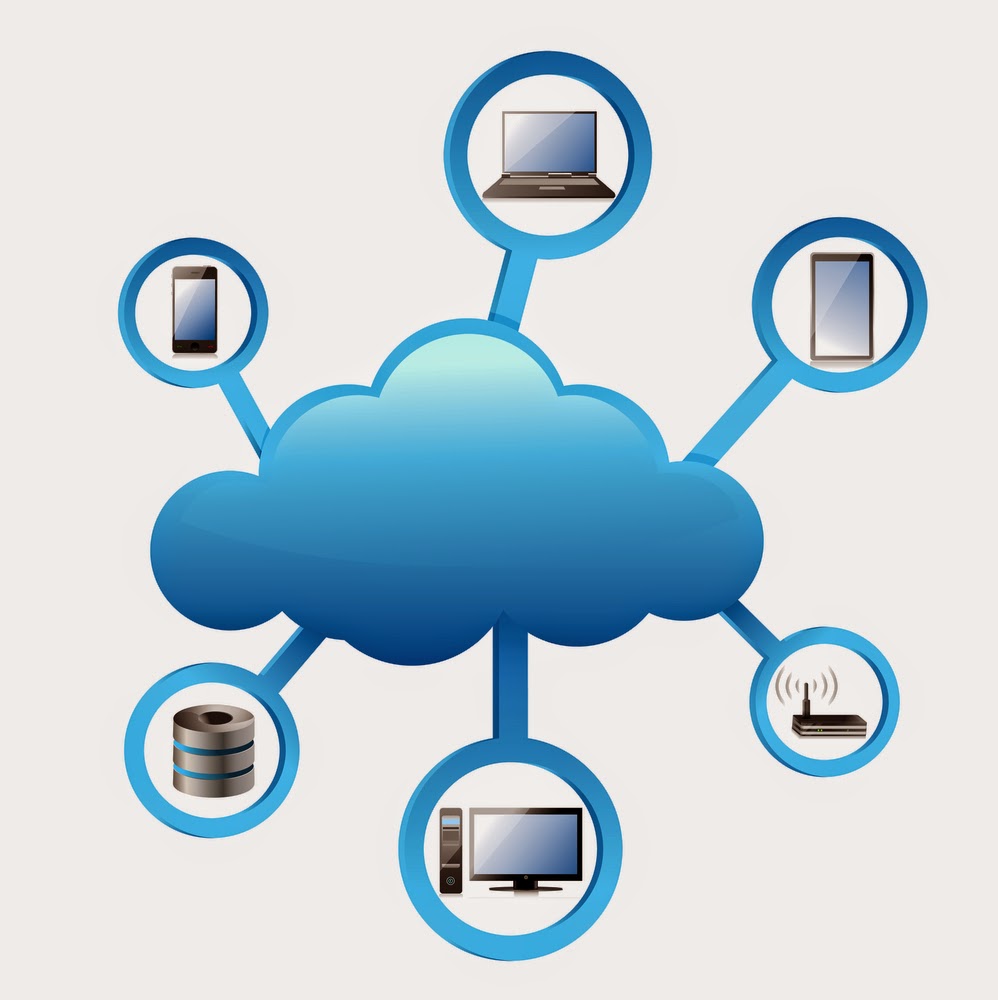Businesses across the world are
getting leaner, keen to reduce their managerial and infrastructure
responsibilities and boost productivity. This trend is being witnessed in the
niche of contact centers too. Conventionally, contact center activities have
delivered a decent ROI. This explains why they have become a worldwide
phenomenon. However, this ROI can be raised further. This happens when typical
contact center activities are performed using a cloud-based IT infrastructure.
Cloud-based Contact Centers and
Scalability
Businesses are fast realizing the
enormous potential of a cloud-based contact center. For starters, it offers the
unique advantage of quick scalability. Sometimes, it is difficult to
approximate the volume of business activity in the near future. Here, contact
centers need an IT infrastructure that can be expanded as and when the need
arises. Contact centers fill this requirement perfectly. There is no need to
buy expensive software packages to upgrade cloud services.
Most cloud service providers offer
easy-to-run bundled packages. Contact center managers merely need to request a
bigger bandwidth of services. Increased scalability offers another
advantage—businesses apprehensive about the ROI of a typical cloud-based
contact center can opt for a condensed, smaller package at the start. When
decision-makers feel convinced about the effectiveness of services, they can
easily scale up their cloud-based services.
Cloud-based Contact Center ROI and
Customer Service
Contact centers are among the most
consumer-centric workplaces. The quality of work and even the ROI is calculated
in terms of the level of customer service delivered. However, customer
preferences and behaviors can change rather abruptly. To ensure that their agents are at par with
changing consumer mindsets, businesses need a cost-effective and dexterous
resource. This requirement is holistically addressed by cloud-based IT
infrastructures.
With cloud fueled functionalities,
agents are better equipped to handle a bigger volume of customers without
compromising the quality of customer service. Systematically managing daily
customer traffic, quickly resolving customer concerns, and engaging customers
with relevant information helps to reduce the rate of abandonment. This helps to
sustain a bigger pool of current and probable customers, directly contributing
to the ROI.
Cloud-based Contact Center ROI and
Overall Costing
Cloud driven contact centers help to
lower the overall IT costs. Usually, businesses face challenging infrastructure,
training, and learning costs when adopting a new technology. Periodic updates
and maintenance costs further add to the burden. However, contact centers
driven by cloud services don’t face such costing predicaments. A business using
cloud-based infrastructure benefits from minimal costs, including negligible IT
recruitment requirements or maintenance costs. The entire range of functions
related to keeping the cloud-based infrastructure running is the responsibility
of the cloud services vendor.
Higher ROI & Better Outcomes with Cloud-Based
Contact Center
With lesser running costs and better
customer service, a cloud-based IT environment allows businesses to concentrate
upon different aspects of organizational efficiency. This includes executing
protocols for employee training, performance, and evaluation. Again, this helps
employees to perform better which means more satisfied customers and a higher
ROI.
With the assurance of minimal IT
glitches, businesses can reduce their downtime and the threat of losing
customers. As businesses realize the larger-than-expected ROI delivered by a cloud-based
contact center, they can allocate more resources towards handling unpredictable
customer traffic. This includes identifying different methods for customer
engagement.
Leads
Direct provides quality business leads at 40-80% off retail prices so you can
grow your business quickly and increase your ROI. Contact Leads Direct today!








